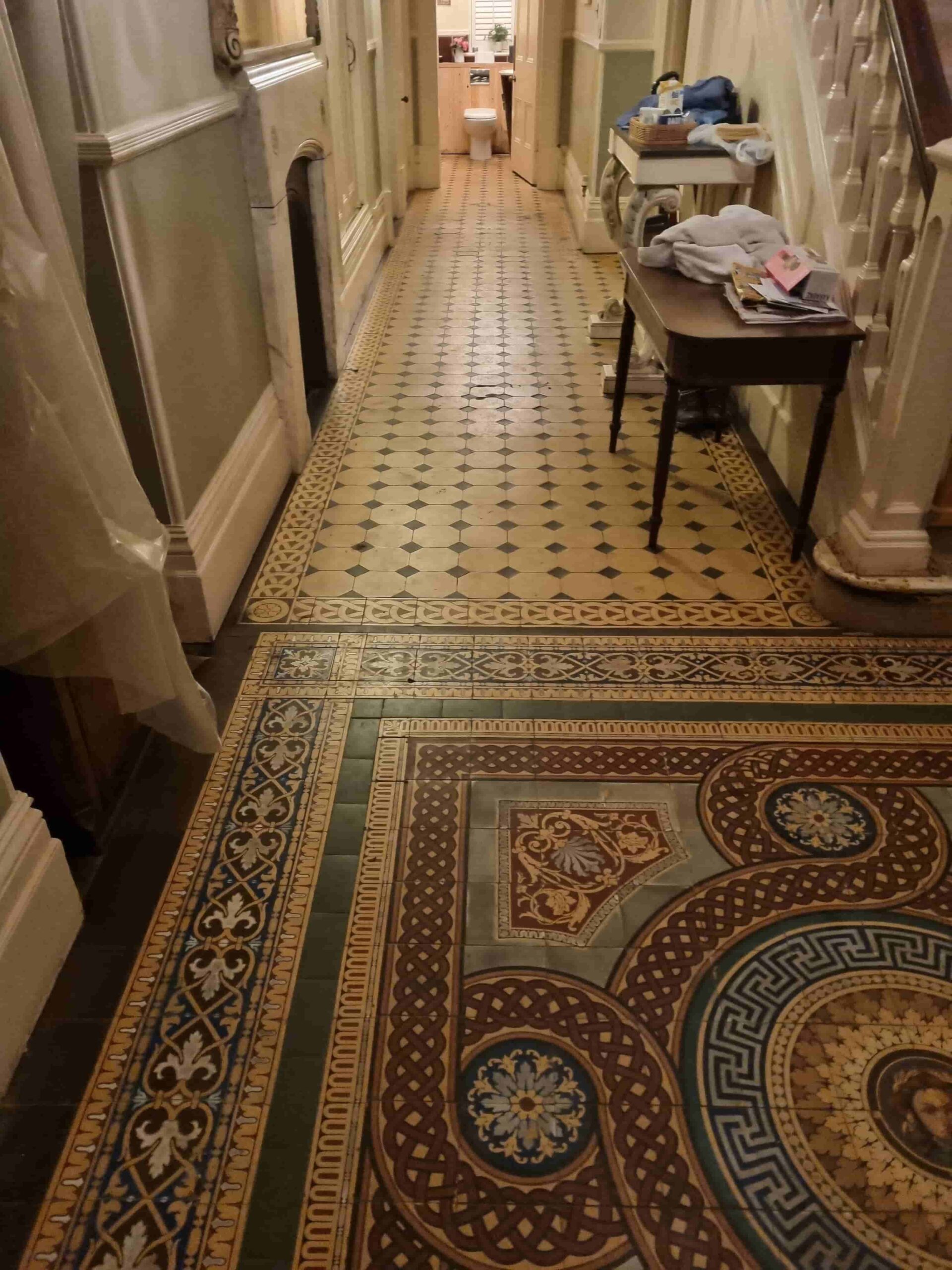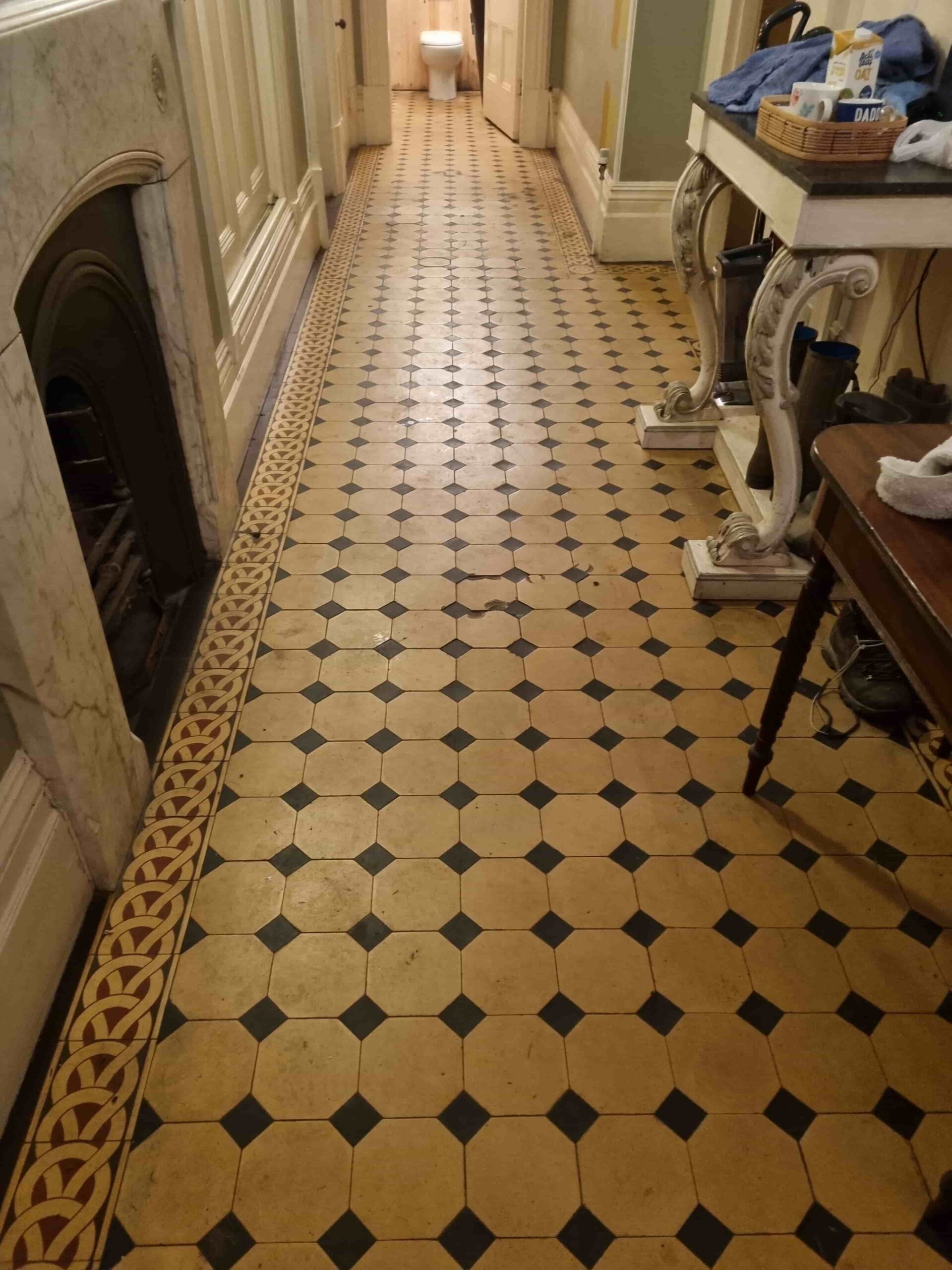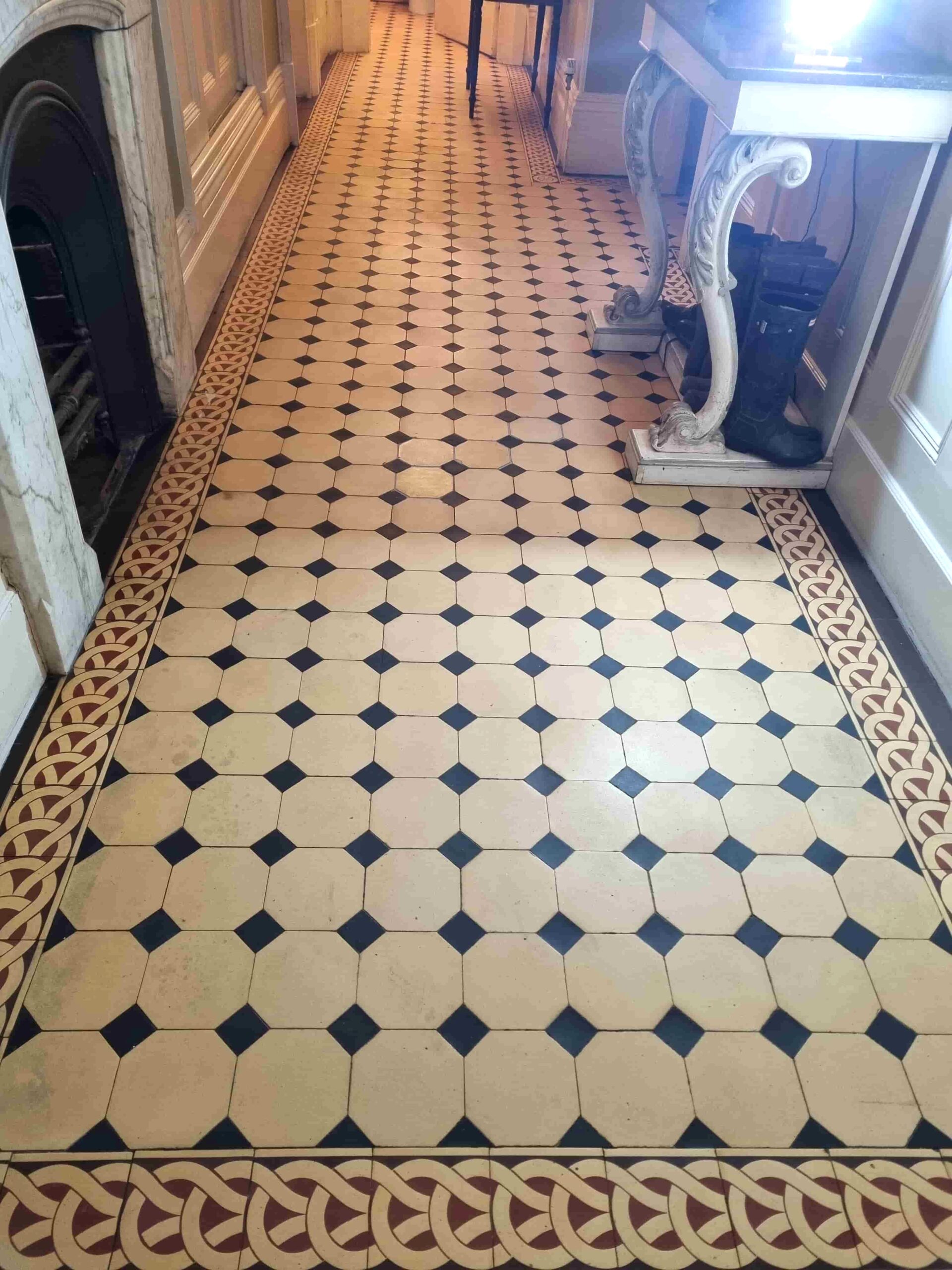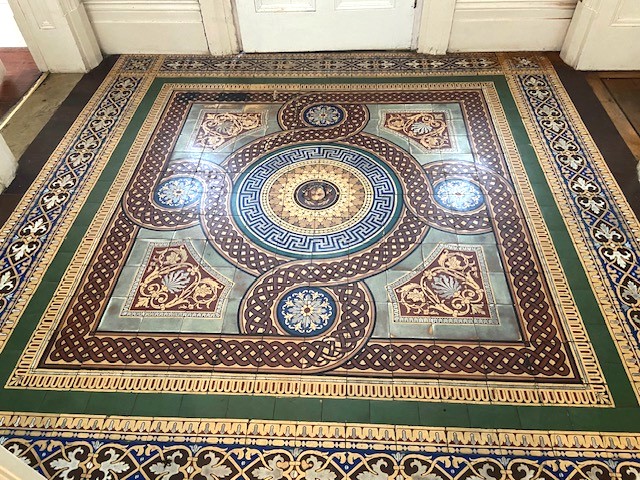Carpet installation tools are tools that allow people to install carpets on their own, without professional help. They include chalk, duct tape, gripper edge, hammer, knee-kicker, masonry nails, power stretcher, saw seaming iron, seaming tape, stair tool, staple gun, tackless strips, and a utility knife.
Preparing for Installation
Arrange tackless strips around the perimeter of the room, leaving about 1/2 inch between the strip and the wall. Use the saw to cut them to the proper length. Use a hammer and two nails to attach each strip to the floor and join the strips at the corners. Attach padding waffle side up using the staple gun, spacing the staples 6 inches apart. Use the utility knife to trim the excess padding. Once all padding is applied, cover the seams with duct tape.
Setting Carpet Dimensions
Measure the room and add six inches to the measurements. Use the chalk to set the measurements down on the carpet. Cut off the extra fabric. If you are using more than one piece of carpet, leave some extra space where they meet. That way you can cut away the excess pieces without creating gaps.
Applying the Carpet
After the carpet is cut, place the seaming tape, adhesive side up on the floor where different pieces of the carpet will meet. Use the seaming iron to melt the tape and press the carpet against it to attach. Use the knee kicker to attach the carpet to the tackless strips at each corner. Attach the rest using the carpet stretcher.
Final Steps
Once the carpet is secured, trim away the excess carpet. Smooth out the edges by tucking them into the space between the tackless strip and the way using the stair tool. Once that is done, put away the tools and enjoy your new carpet.
Source: www.DoItYourself.com





